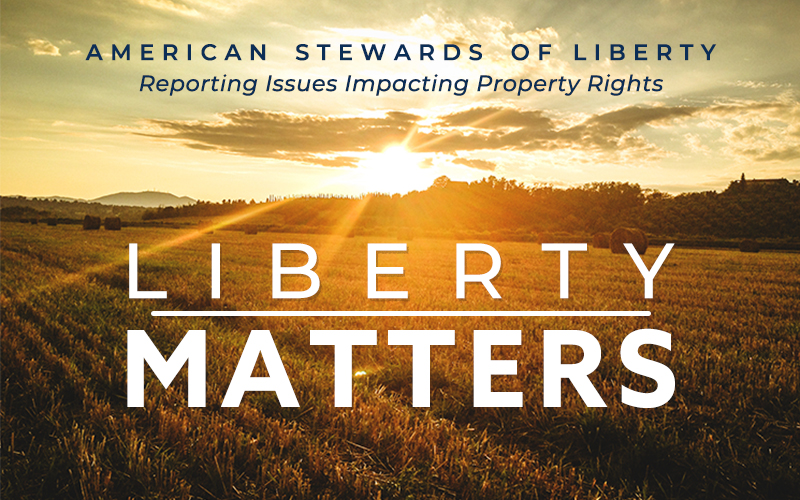The Center for Biological Diversity and more than 100 other groups jointly delivered a letter to Congress on Thursday claiming the Endangered Species program is underfunded as it only receives 50 percent of what it needs to be successful. They have asked that the budget of the U.S. Fish and Wildlife Service be increased from $331 million to $841 million.
Included in this request is an additional $14.62 million per year for planning and consultations. The consultation process occurs whenever federal funding, programs or approvals are involved in a project. The conservation programs used by farmers and ranchers fall under this requirement. The push for increased ESA funding coupled with the Biden Administration’s push to enroll more landowners into these conservation programs should raise concerns.
The Endangered Species Act was enacted 50 years ago in 1973, and during this time has cost taxpayers trillions of dollars. But the untold costs absorbed by America’s landowners unable to use their land, while being forced to pay high mitigation costs, is much, much more. The ESA has irreparably harmed landowners and, as noted by the coalition, has evidently not succeeded in stopping an “extinction crisis.” More money, of course, is needed.
But what has flourished over the last 50 years are the number of environmental groups and the size of their budgets. These have easily reached the evolution hierarchy of a thriving distinct population segment.





